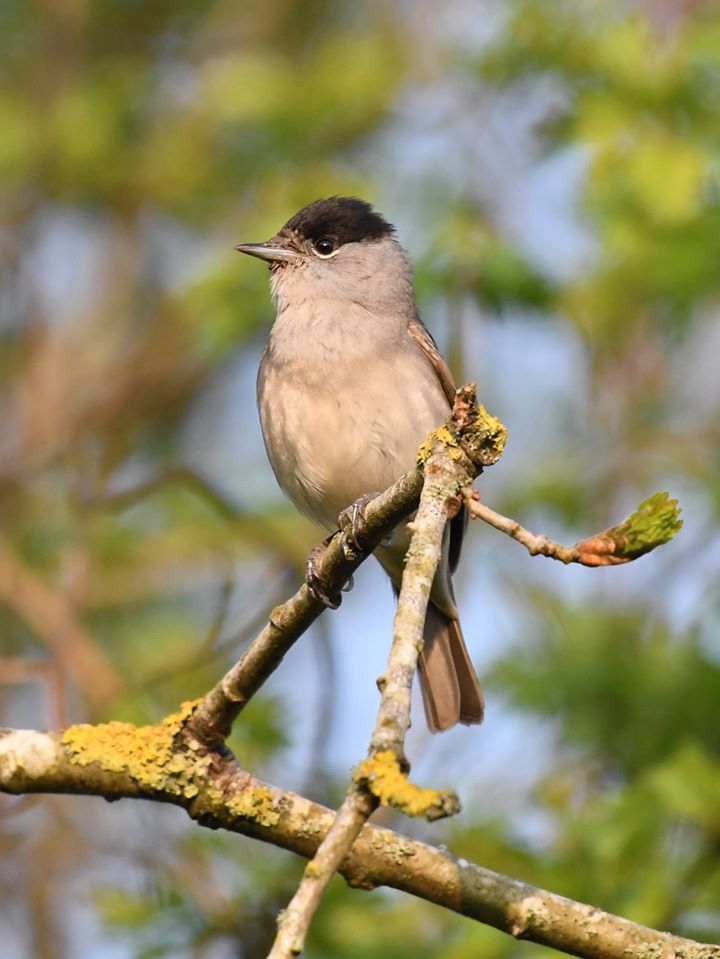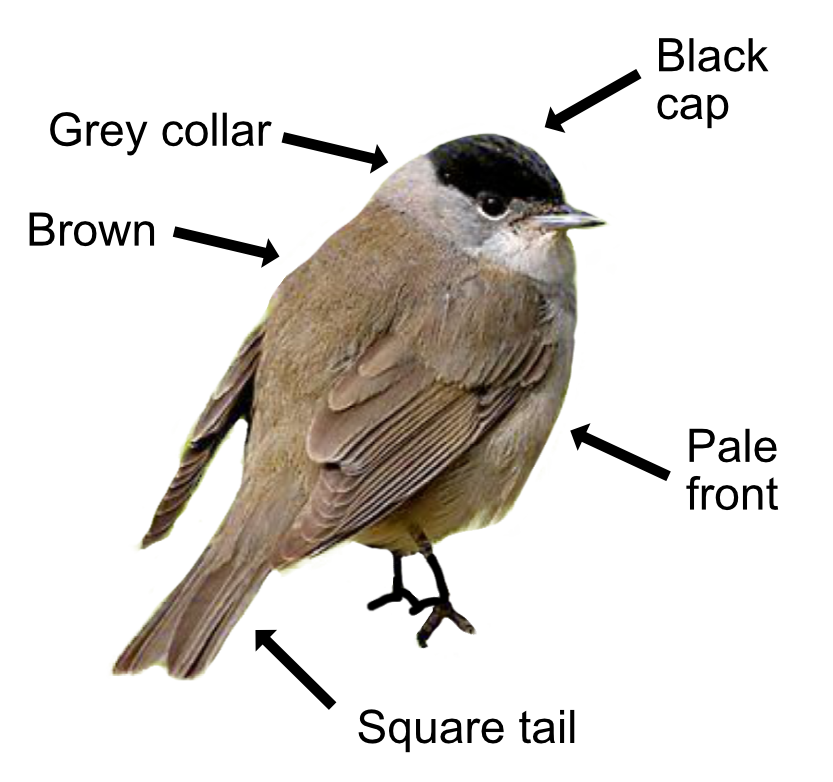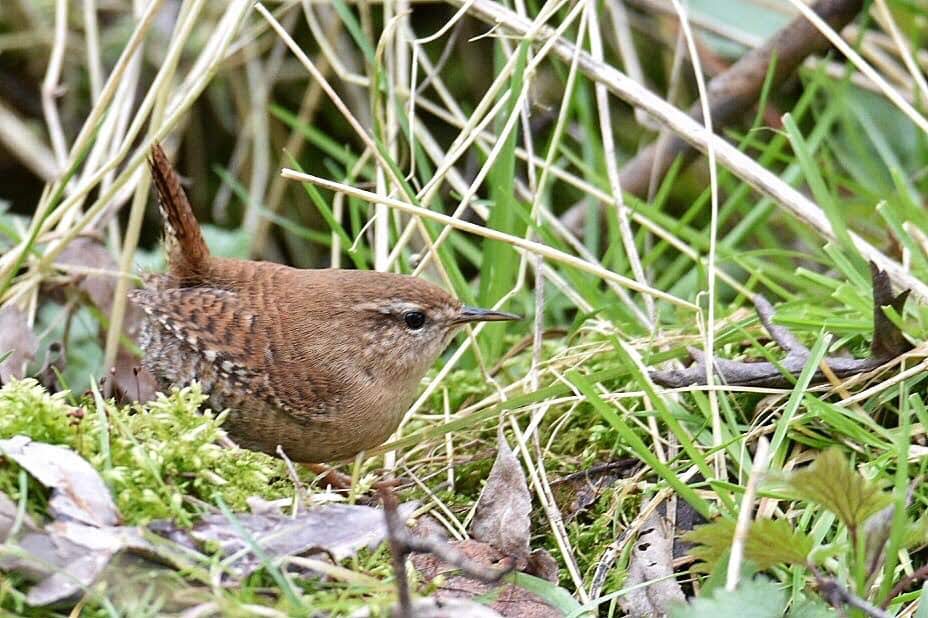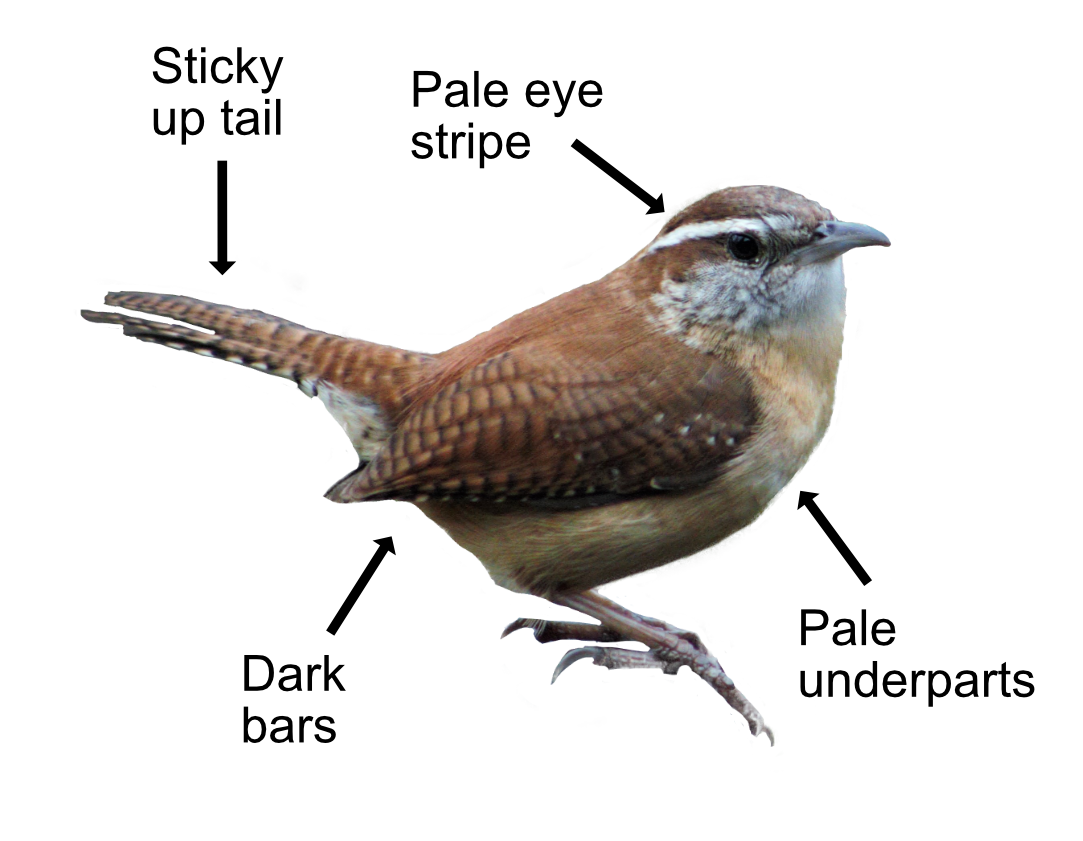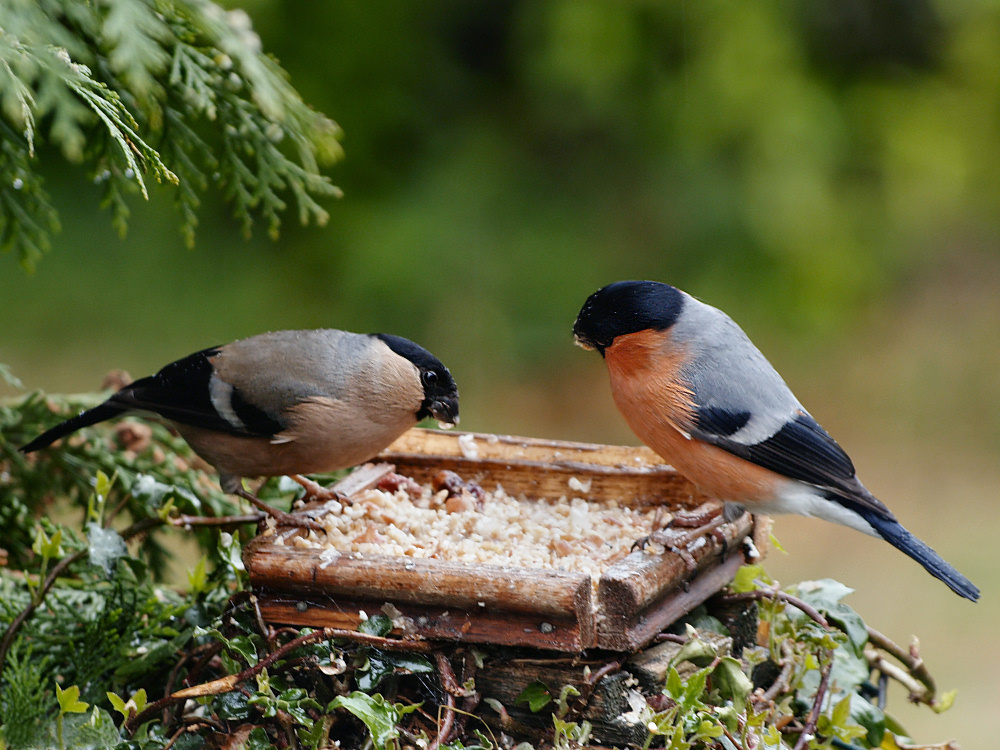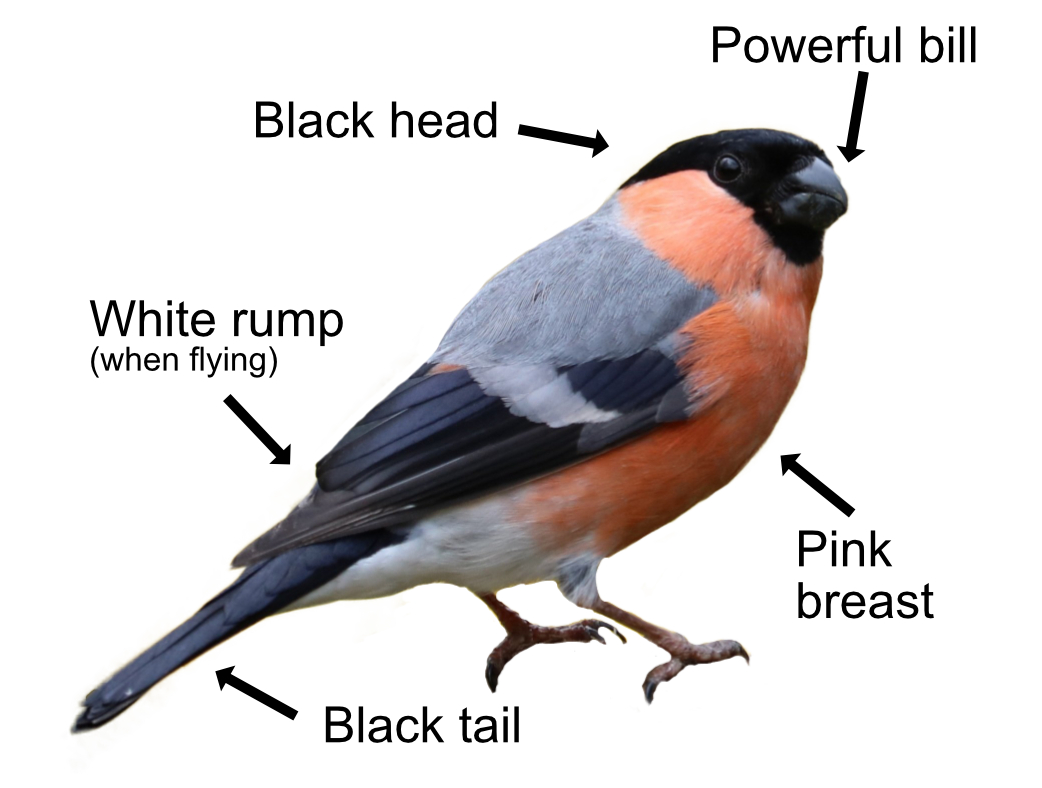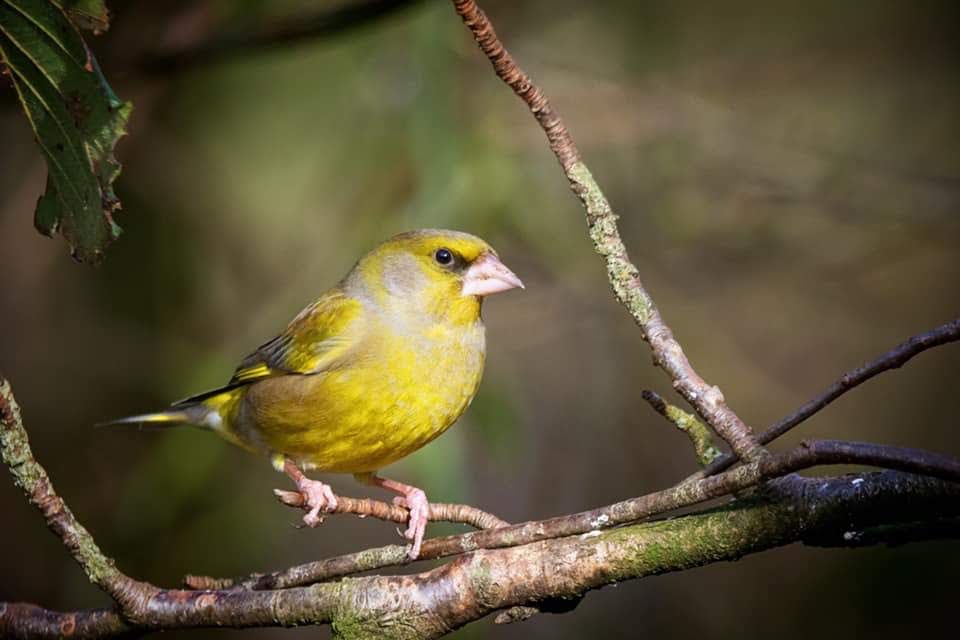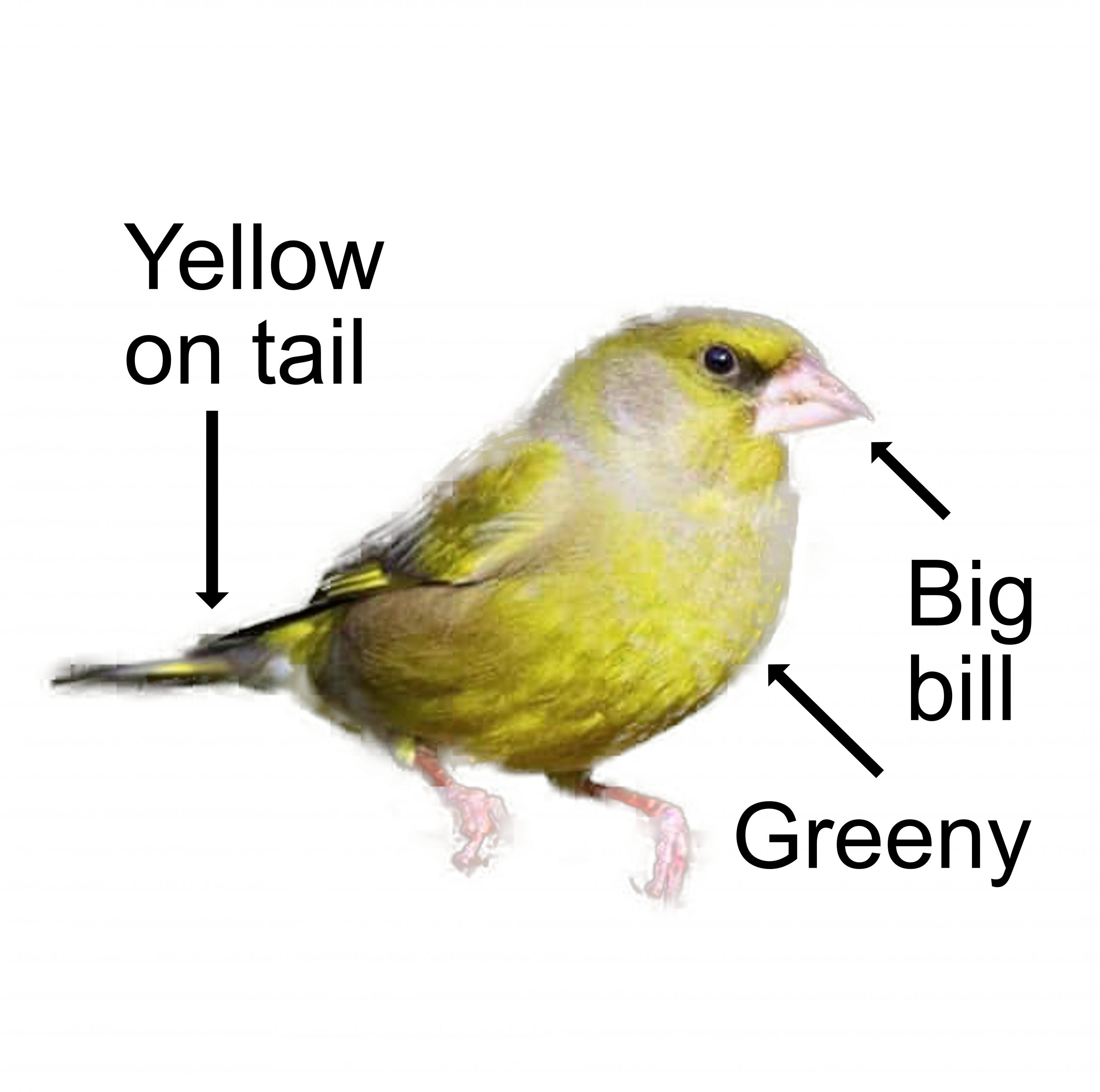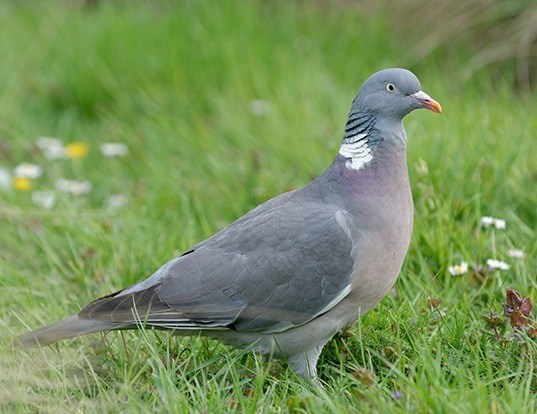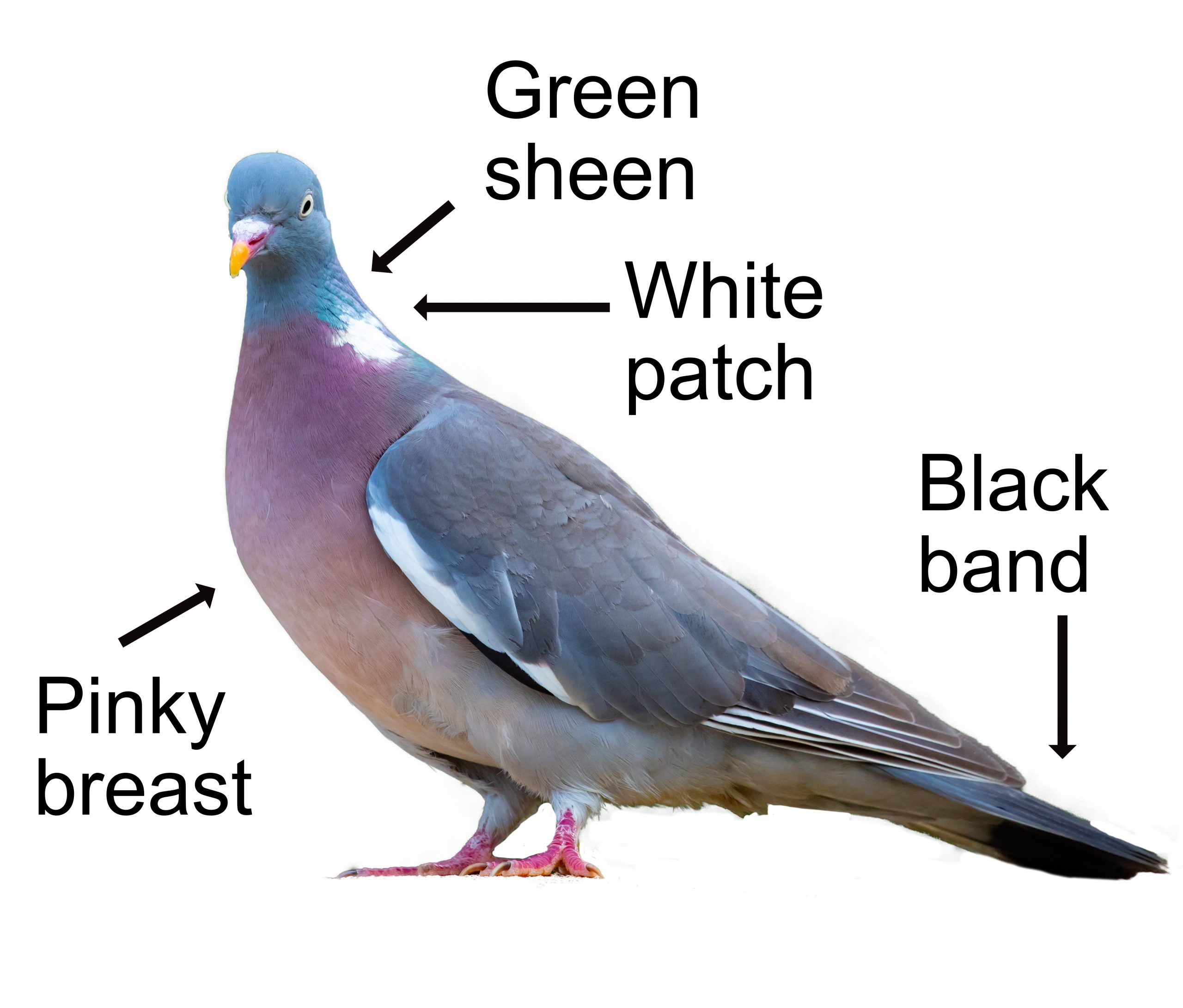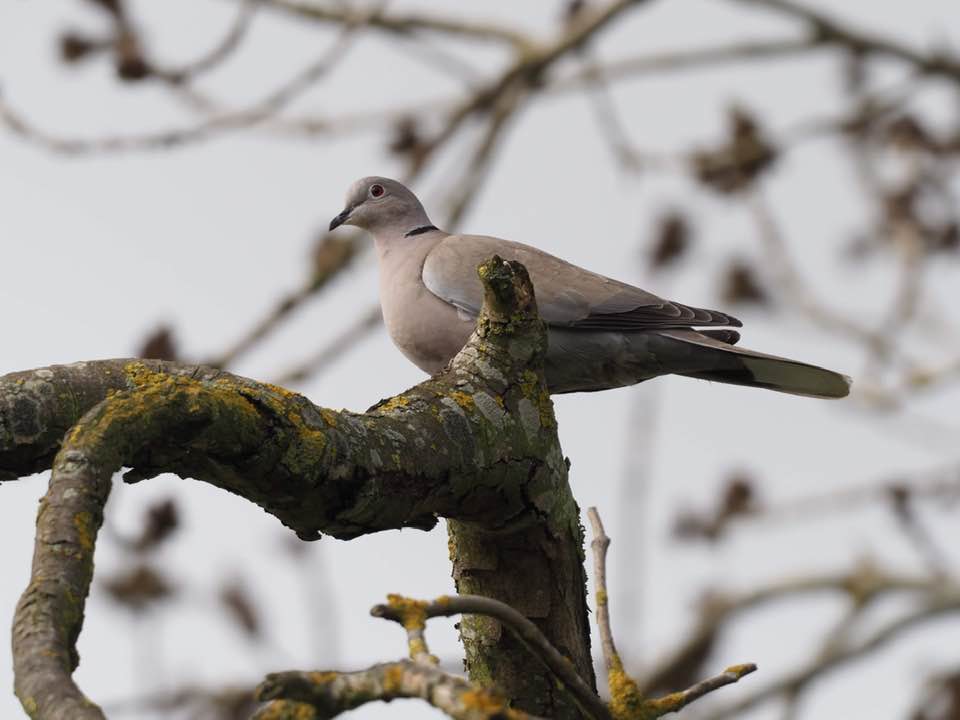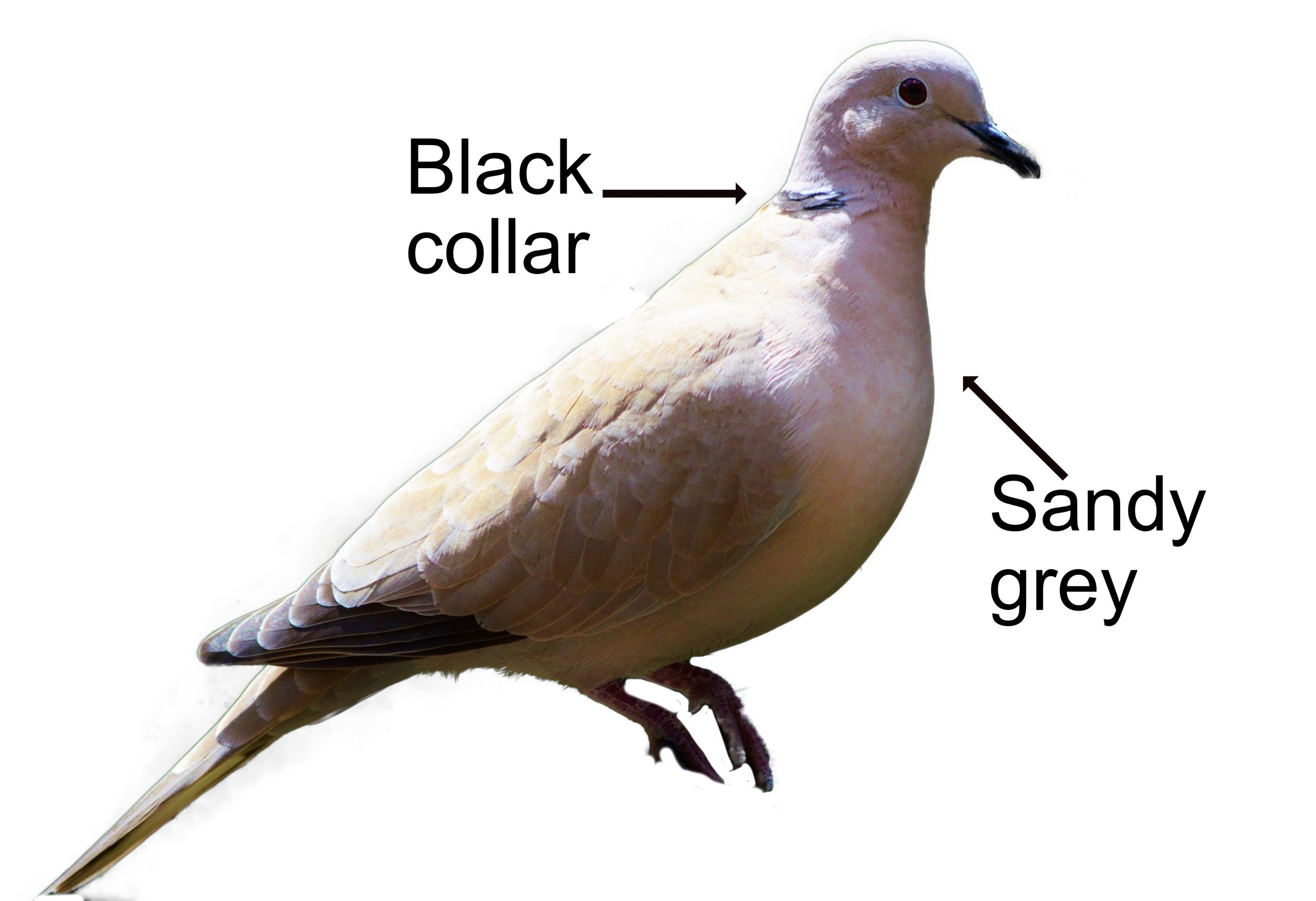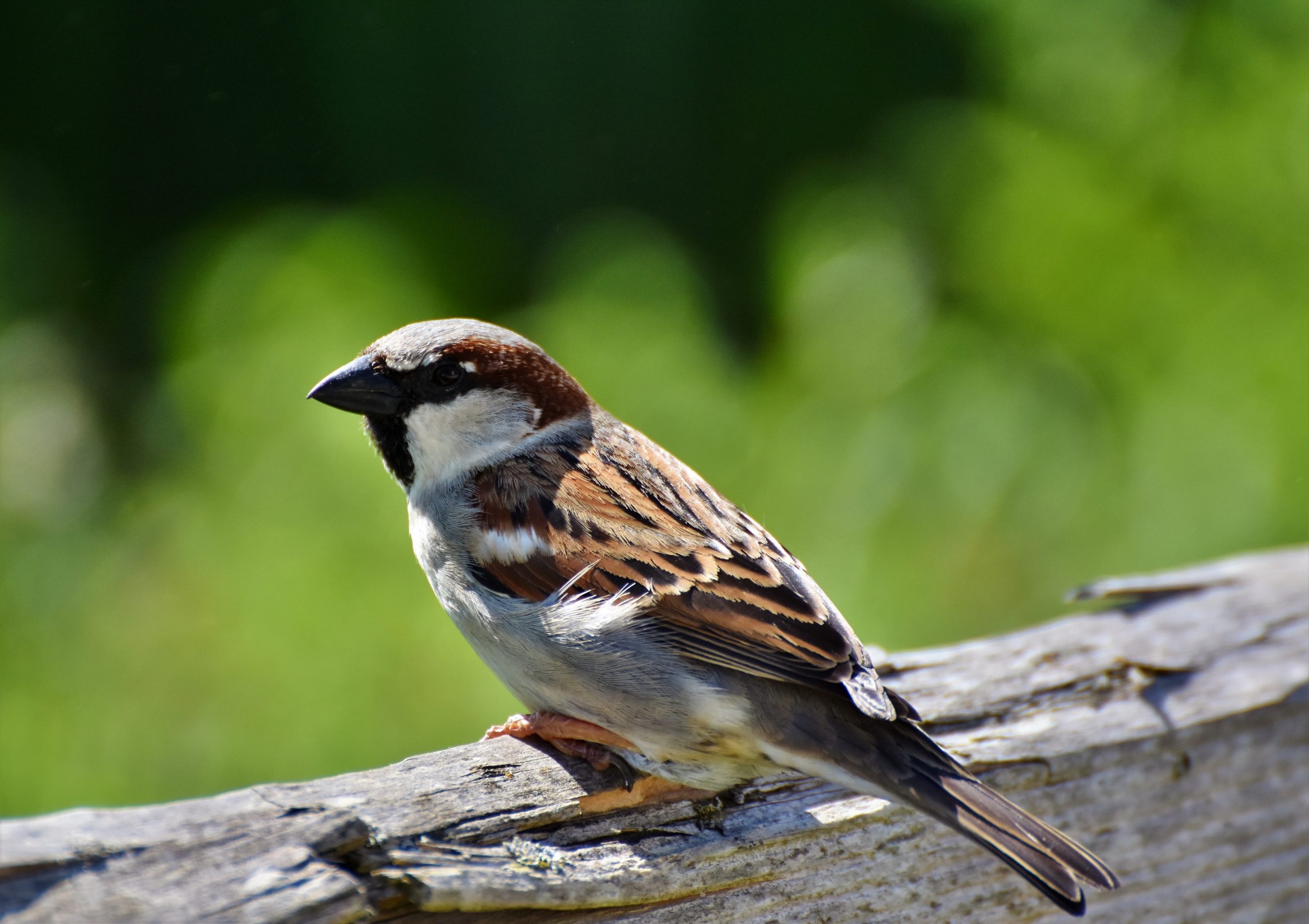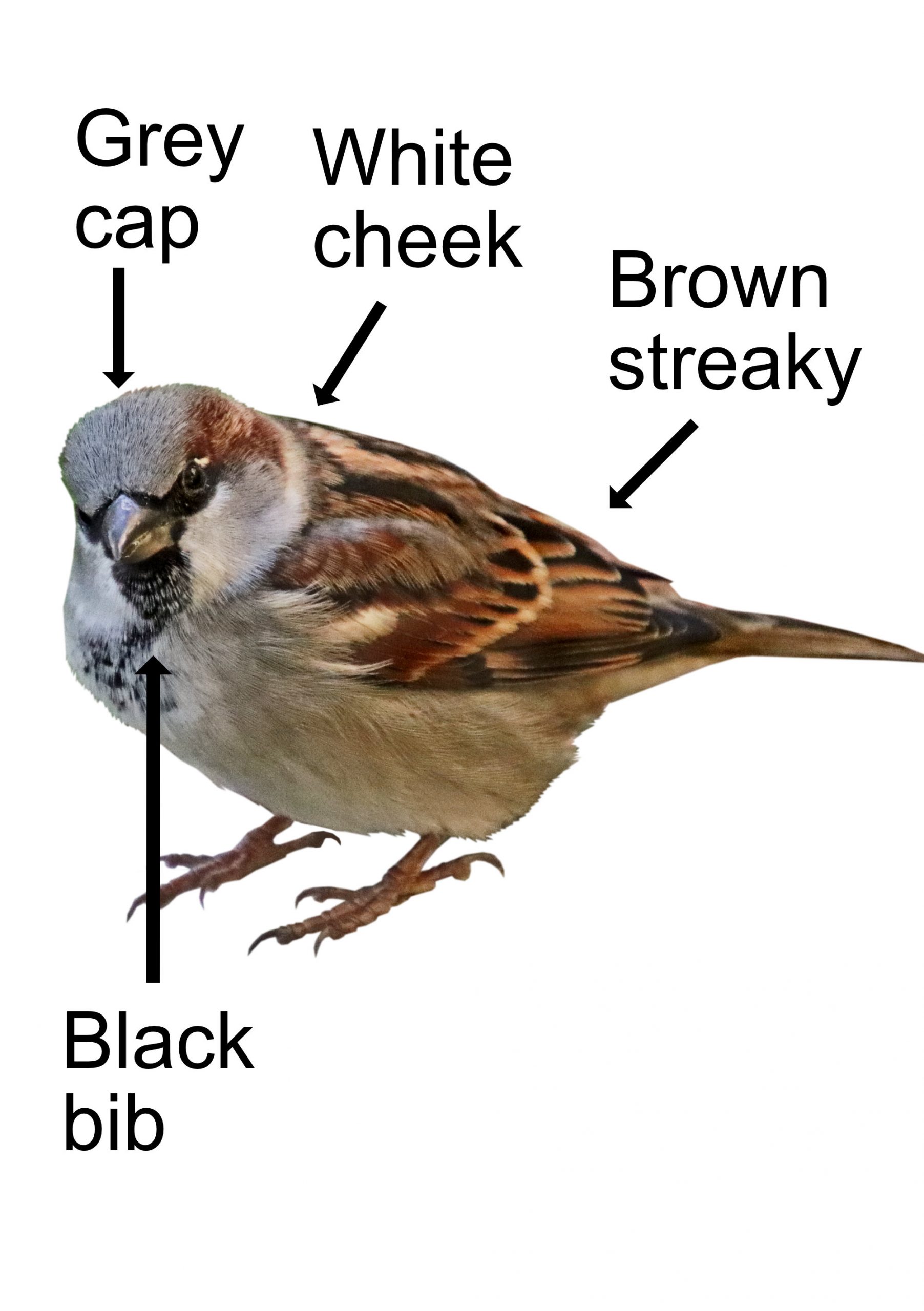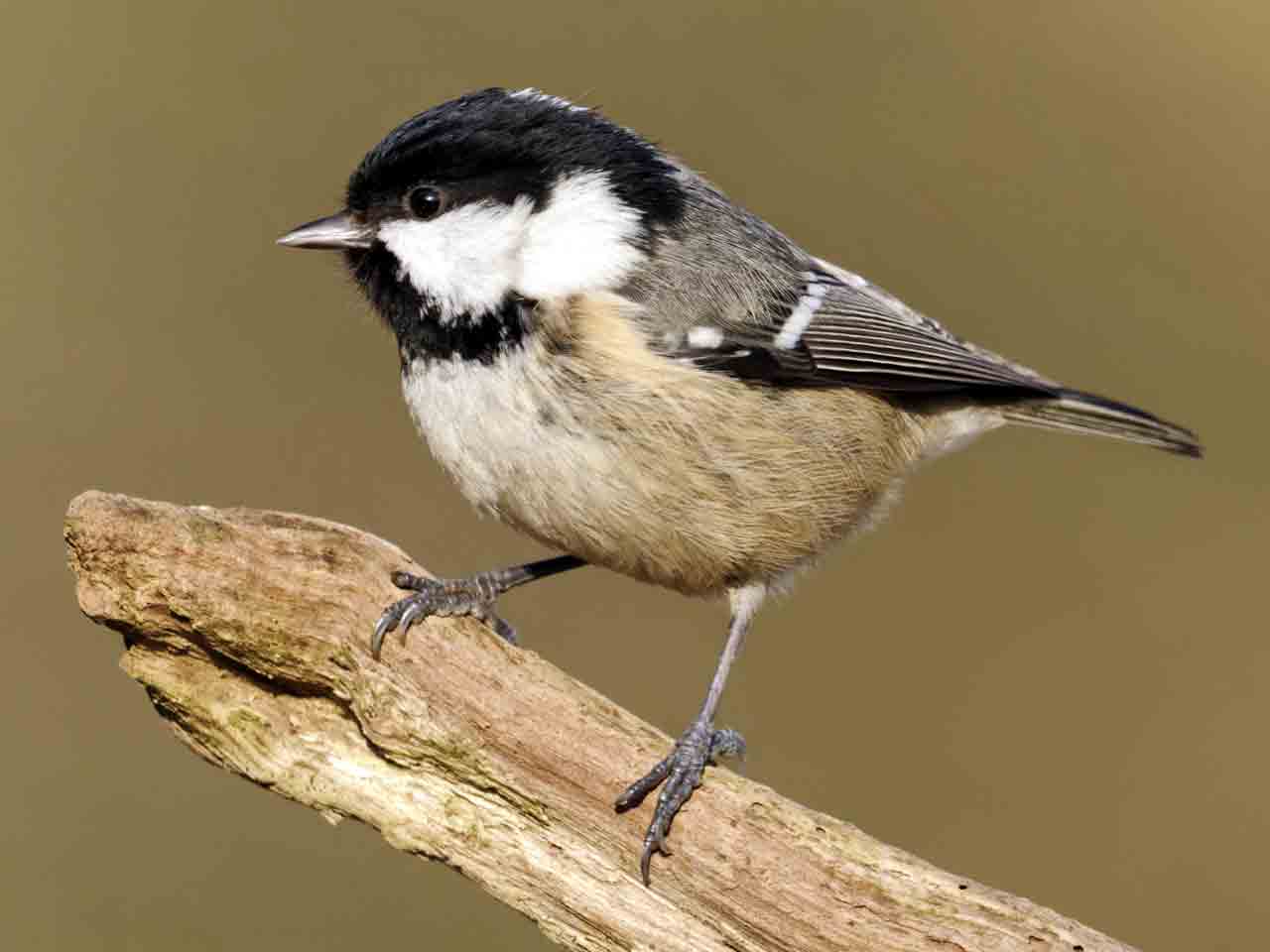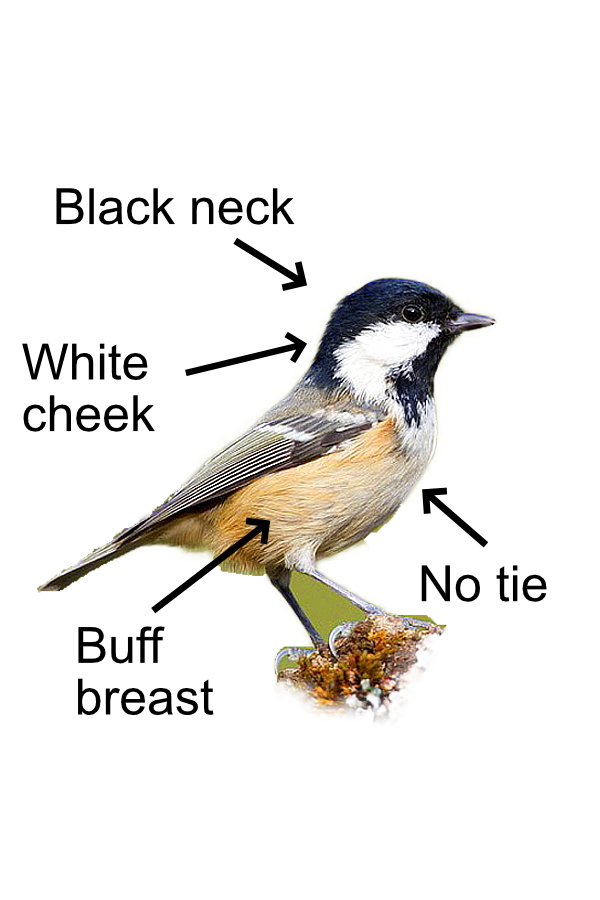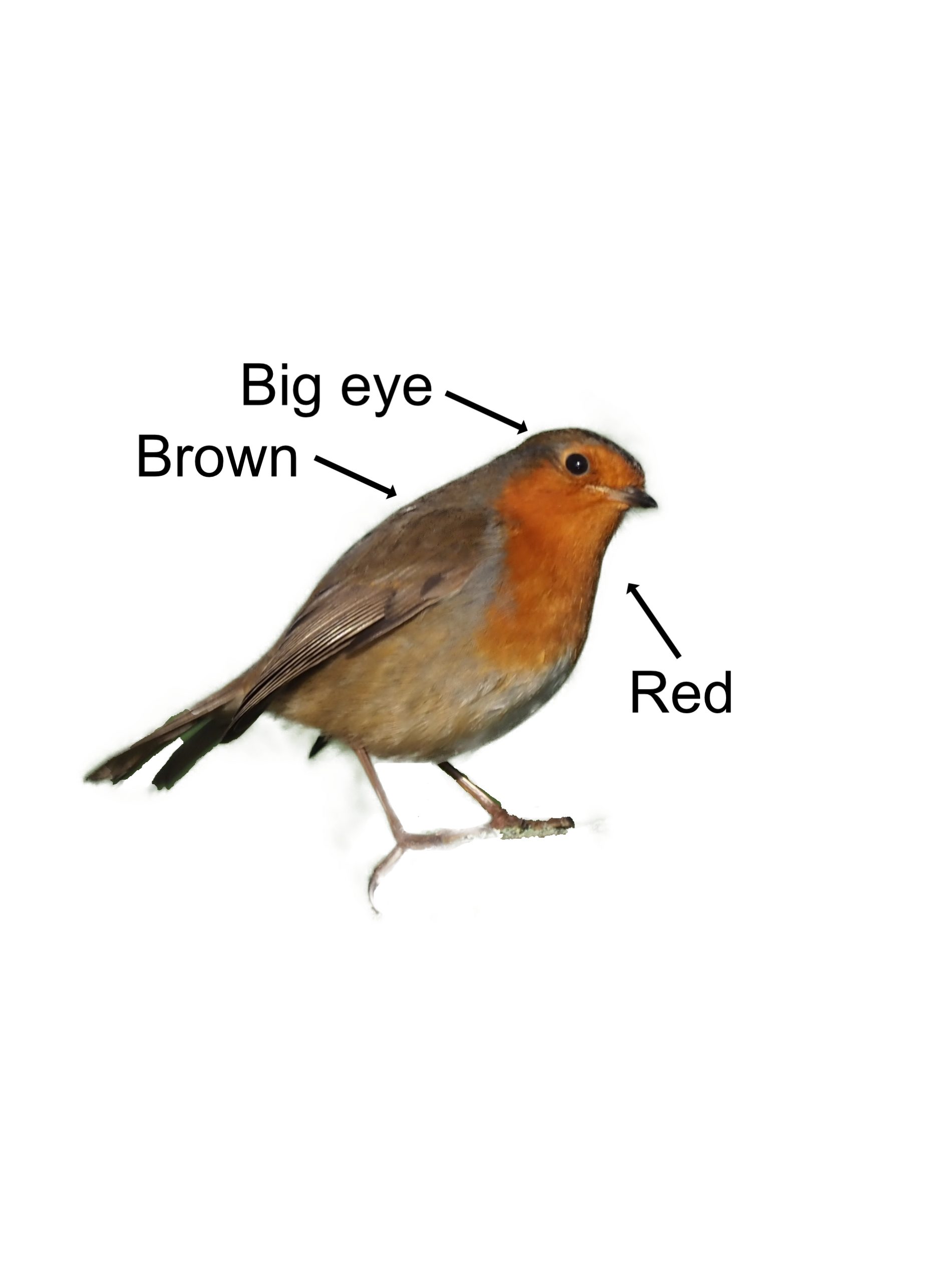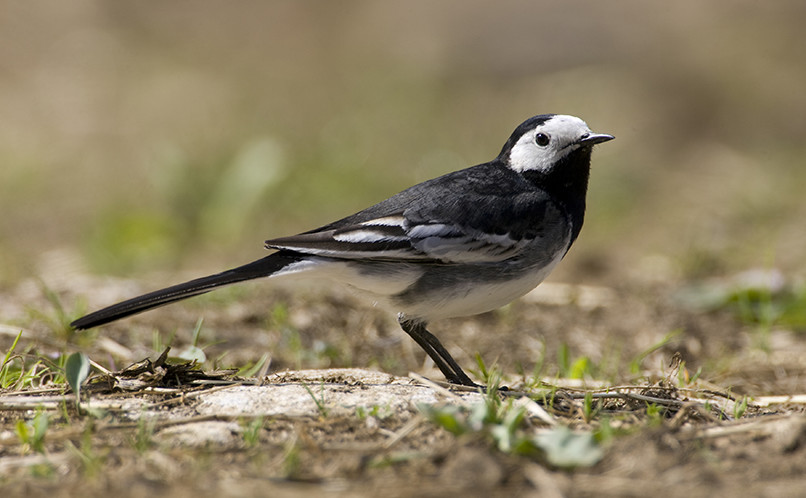
Pied means two (or more) colours. The Pied Piper of Hamlin was dressed in multi-coloured clothes. This fellow is less extravagant and essentially just black and white - like a dinner suit. The Pied Wagtail is the car park bird as that is where you see them most (on the ground, not driving). They are slightly larger than a sparrow, though they often don't look it. The upper parts, rump, chest and throat are black with a white face. The under parts are white. They have a fine black bill, and rather spindly black legs. Their tail is black with fine white edges which they wag constantly up and down to show how proud of it they are. The female has a dark grey back. Pied Wagtails in Britain are slightly darker than those found in Europe.
They utter a very recognisable "Chis-ick" flight call while bounding along. They love the open bare ground found near water like rivers, canals, lakes, ponds, sewage farms (ugh), and at motorway service stations!
The Pied Wagtail runs or flies to catch insects, especially flies, midges, and caterpillars. They are more abundant in the north in the summer as there are far more juicy midges up there, the ones with the big teeth. In the winter, the male wagtail will defend their winter feeding territory and will feed on seeds and even rubbish to survive.
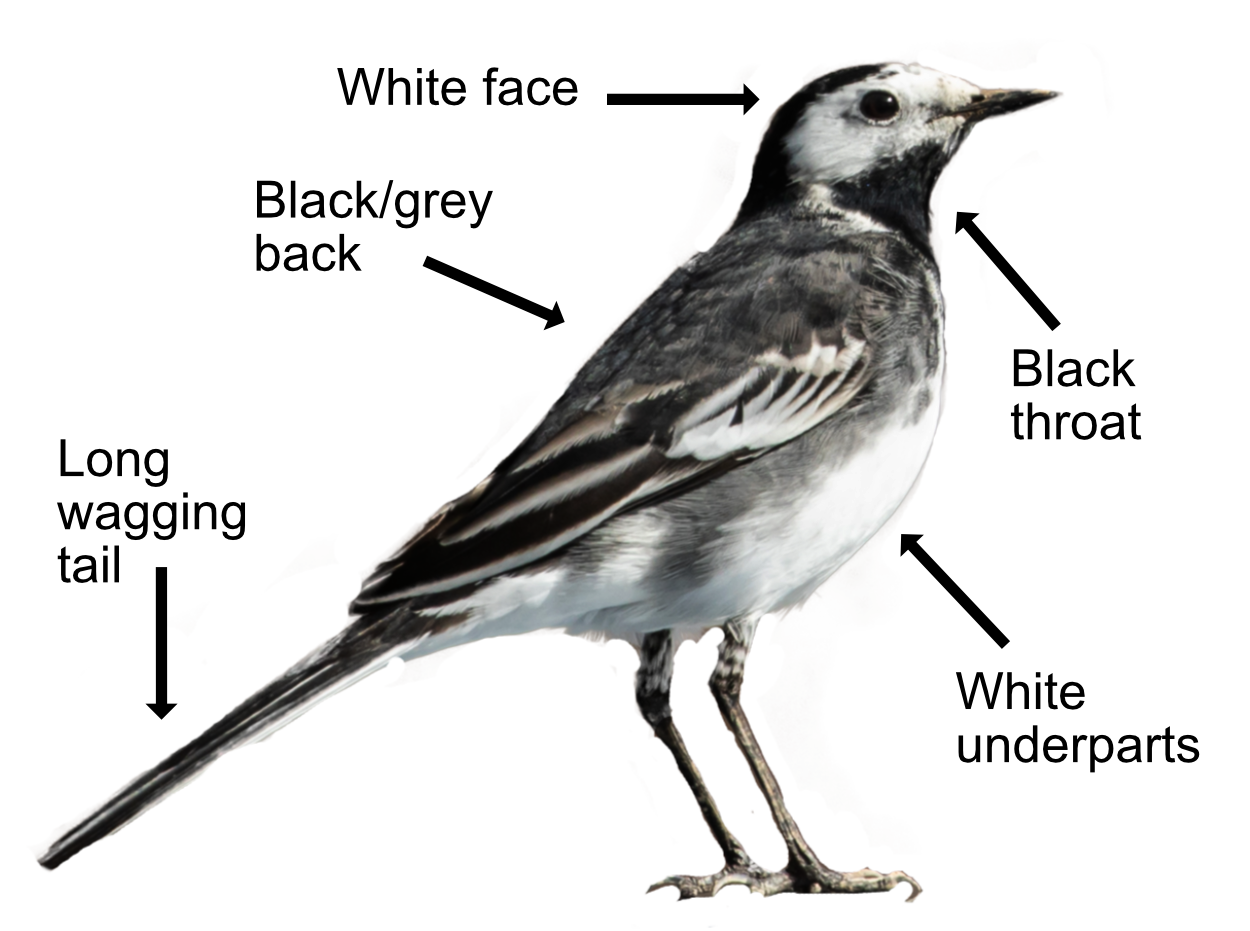
In April, Pied Wagtails build their nest in a hole or building crevice. The female finishes it off by lining it with hair, wool and feathers. She lays 3-8 eggs which hatch after 12 days having been kept warm by both proud parents. They then feed the young, which fly after 14 days. The youngsters hang around for a few more days, enjoying family food, before finally leaving. There may be two broods, especially in the warmer south.
The Pied Wagtail is found throughout the UK but is most abundant in the north and west where there are a lot more midges. There are about 600,000 birds in Britain. The Pied Wagtail varies from being a long distance migrant in the north to a resident in the south, the north becoming deserted in winter as it is a bit cold to be wandering around only wearing a smart dinner suit. When it gets cold, large numbers of wagtails gather in carparks, or on flat roofs in towns, to form a communal roost. Up to 3,000 can gather together, which is quite a sight.
Their Latin name is 'motacilla alba' where 'motacilla' means tail mover and 'alba' means white. The British Pied Wagtail is a subspecies of the European White Wagtail which looks almost identical except it has a pale grey back and rump.
